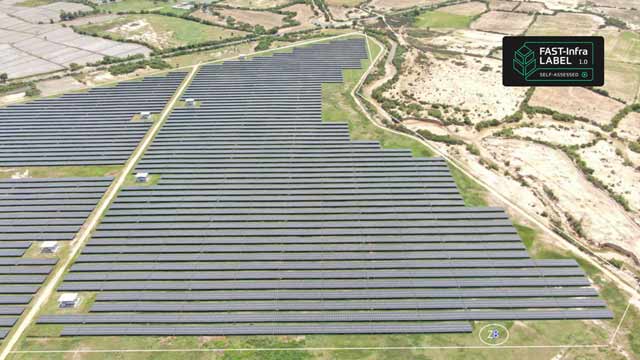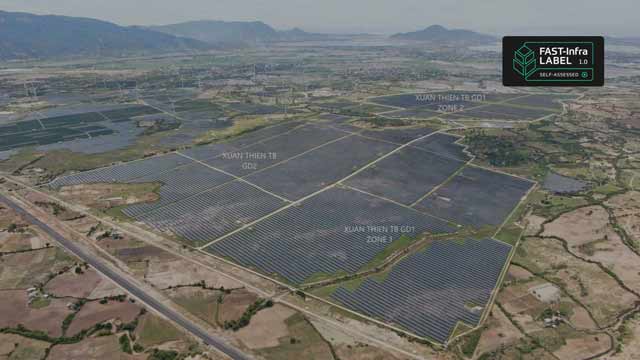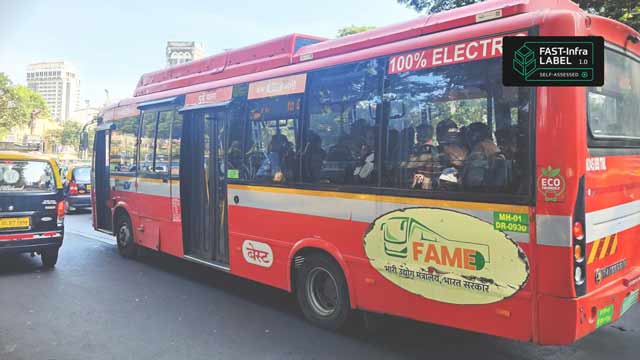
Strengthening Legal Foundations for Sustainable Infrastructure Finance: In conversation with Hayden Morgan
What’s a Rich Text element?
The rich text element allows you to create and format headings, paragraphs, blockquotes, images, and video all in one place instead of having to add and format them individually. Just double-click and easily create content.
H1
H2
H3
H4
H5
H6


Static and dynamic content editing
A rich text element can be used with static or dynamic content. For static content, just drop it into any page and begin editing. For dynamic content,

add a rich text field to any collection and then connect a rich text element to that field in the settings panel. Vsadsadsdasdasdasdasdoila!
- A rich text element can be used with static or dynamic content. For static content, just drop it into any page and begin editing. For dynamic content, add a rich text field to any collection and then connect a rich text element to that field in the settings panel. Voila!
- t to that field
- t to that field
-
How to customize formatting for each rich text
How to customize formatting for each rich text
How to customize formatting for each rich text
Headings, paragraphs, blockquotes, figures, images, and figure captions can all be styled after a class is added to the rich text element using the "When inside of" nested selector system.
As the global push for sustainable infrastructure accelerates, legal frameworks must evolve to support investments that are not only climate-aligned but also resilient, bankable, and built to last. Legal professionals are increasingly stepping into a strategic role—translating environmental and social ambitions into enforceable action.
In this conversation, we speak with Hayden Morgan, Head of Climate & Sustainability Consulting at Pinsent Masons and a Steering Committee member for the FAST-Infra Label. With nearly 30 years of experience in financial services Hayden brings a practical lens to integrating legal, strategic, and sustainability considerations in infrastructure finance. He shares his perspective on the Label’s role in creating a new asset class, the importance of aligning stakeholders across the project lifecycle, and how advisory and legal expertise can accelerate capital deployment into sustainable infrastructure.
At Pinsent Masons, How do you integrate sustainability expertise with strategic consulting to support infrastructure finance clients?
Pinsent Masons provides strategic sustainability expertise across every phase of an infrastructure project, ensuring that sustainability considerations are embedded from start to finish.
- Feasibility assessments: The team works closely with local authorities to assess the project's sustainability potential and feasibility right from the early stages.
- Planning and consent: They assist in ensuring that sustainability requirements are fully integrated into the planning and consent process.
- Project finance: Moving into the finance phase, Pinsent Masons helps project sponsors secure the right kind of finance, ensuring that sustainability is a central part of financial structuring.
- Construction: Ensure that the key construction contracts, such as the Engineering, Procurement, and Construction agreement, includes key sustainability clauses for all parties.
- Post-construction operations: After construction, they continue advising on the management and operations phase, ensuring ongoing compliance with sustainability goals.
How does a shared definition of sustainable infrastructure among stakeholders across the value chain contribute to project success, and what role does the FAST-Infra Label play in establishing this common ground?
Infrastructure projects must be understood across both their horizontal stack, which spans the entire project lifecycle from planning and design through construction, operation, and decommissioning, and their vertical capital stack, where funding flows from institutional investors down through fund managers and debt providers to the asset level. A common understanding of what constitutes a successful and sustainable project is essential among stakeholders.
The sustainability impact is realized at the asset level, but capital allocation decisions are made at the top of the capital stack, where institutional investors and fund managers hold significant influence. The FAST-Infra Label plays a pivotal role by providing clear, standardized, and transparent criteria that ensure all actors—asset owners, managers, sponsors, and investors—are working toward the same sustainability goals by aligning interest in the capital stack. At the asset level by embedding the Label's criteria into due diligence processes, contracts, and sustainability reporting, the Label ensures that sustainability remains central throughout the project lifecycle, from planning to post-construction.
And how does the FAST-Infra Label help channel finance into projects that meet these shared sustainability standards?
While the sustainable infrastructure market is evolving, one segment is still nascent but holds enormous potential: the secondary market.
This is particularly true for private infrastructure, where projects are not publicly listed but financed through private channels. As infrastructure projects mature, their risk profiles evolve. Early-stage investors—who typically take on higher risk—often look to refinance or exit once the project reaches a more stable phase. However, the lack of a liquid secondary market can make this transition challenging. Here’s where the Label steps in:
- Boosts investor confidence: For secondary investors, a FAST-Infra Label signals credibility. It shows that a project has been rigorously assessed for sustainability and meets a set of globally recognized criteria—reducing concerns of greenwashing and lowering due diligence resource requirements.
- Lowers perceived risk: Labelled projects provide additional assurance, and could present a lower risk profile, making them more attractive for refinancing or acquisition.
- Enables market mechanisms: With a stronger secondary market, early investors are more likely to commit to new projects, knowing they have a clear exit path, refinancing options and greater liquidity.
As the market matures, this confidence can pave the way for financial innovation. These could include labelled-project indices, pooled infrastructure bonds, insurance products, and derivative instruments and tools that make capital markets more efficient and accessible.
How is the Label helping to establish sustainable infrastructure as a new asset class, and what role does data play in this process?
To establish sustainable infrastructure as a standalone, investable asset class, the Label drives action across three key areas:
- Scaling and real-world application:
While the foundational criteria of the FAST-Infra Label are now established, the next phase is about applying these standards to real-world infrastructure projects. Among the Label’s governance bodies, the Steering Committee, whose members represent diverse professional backgrounds and geographies, plays a pivotal role in guiding its transition from concept to market and ensuring its standards function effectively across varied regions and financing structures. By defining “sustainable infrastructure” as a distinct asset class, the Label aligns incentives among project developers, investors, and insurers—smoothing capital allocation, boosting investor confidence in both exit and reinvestment, and ultimately enhancing liquidity. At the same time, its clear, shared standards signal potentially lower risk profiles that insurers value, further strengthening the appeal of sustainable infrastructure investments. - Fostering transparency through structured data:
Projects begin with a self-assessment, but within two years must undergo independent verification by external experts—an essential step that underpins the Label’s credibility and mitigates greenwashing risk. This verification process generates structured, asset-level data on each project’s sustainability performance across the Label’s criteria. Through partnerships with public data portals such as Bloomberg, this robust evidence is made accessible to asset owners, managers, regulators, insurers, and other stakeholders. With comparable metrics readily available, investors can confidently track results, benchmark labelled versus unlabelled projects, and streamline their reporting and due diligence processes. - Supporting regulatory compliance and risk pricing:
As a jurisdiction-agnostic meta-standard, the FAST-Infra Label supports alignment with multiple taxonomies—EU, ASEAN, and beyond—without demanding full compliance to any single framework, making it adaptable from Europe to Vietnam. By synthesizing existing standards into one cohesive approach, the Label eases the regulatory and reporting burden on project developers while maintaining rigorous sustainability criteria. At the same time, the structured, verifiable data generated through verification processes underpins sophisticated risk-reward models, empowering investors and insurers with the insights needed to make informed decisions in sustainable infrastructure finance.
“The Label is globally applicable - what matters is that each labelled project demonstrates a robust and comparable contribution to sustainability.”
How will the sustainable infrastructure sector evolve in the coming years?
As sustainability becomes a defining feature of infrastructure investment, legal frameworks must evolve to embed resilience, accountability, and long-term value into every project. Infrastructure assets are long-lived and increasingly exposed to changing climate and regulatory risks. Future-proofing such assets requires more than just sustainable design.
“It’s not just about construction. It’s about designing contracts for resilience. Legal agreements must adapt, incentivize, and enforce sustainability throughout the asset lifecycle.”
As the FAST-Infra Label gains traction globally, the importance of multidisciplinary collaboration is only growing. Legal advisors like Pinsent Masons play a critical role in bridging the gap between policy ambition and on-the-ground delivery—ensuring infrastructure projects are not only financeable, but also built to last.


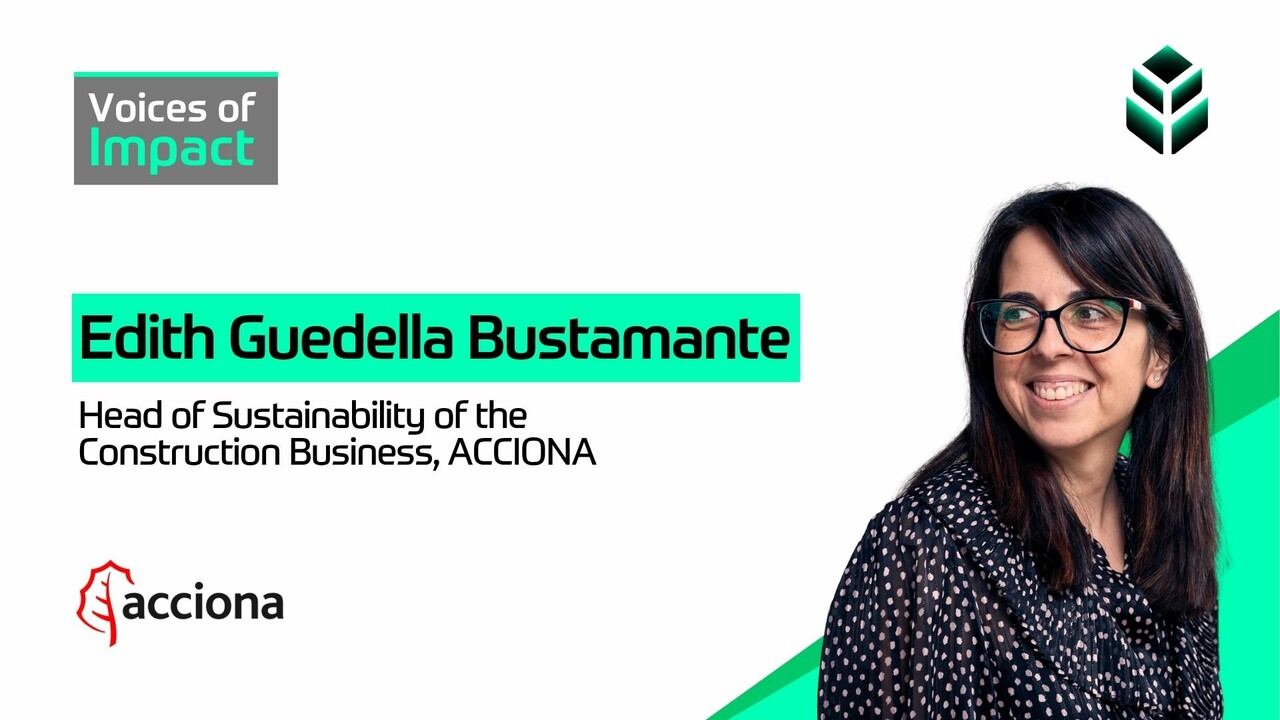


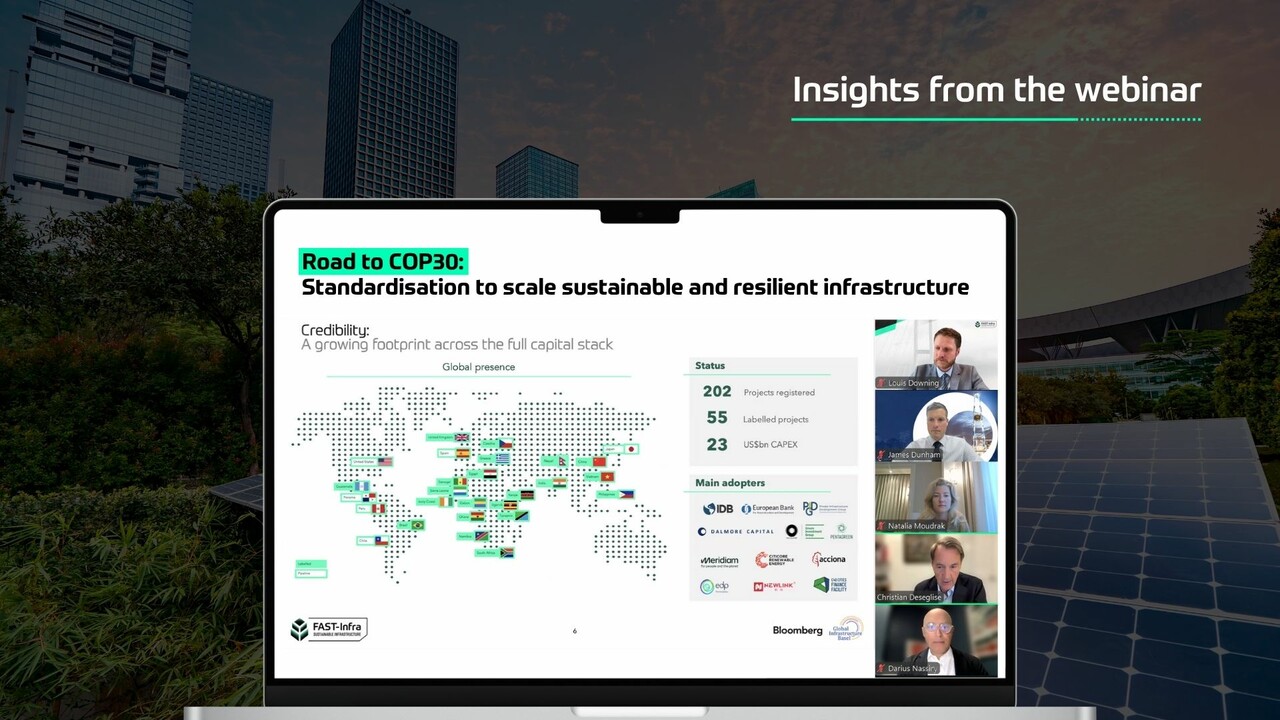


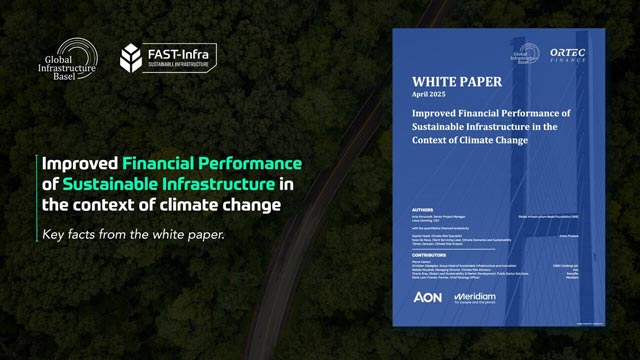


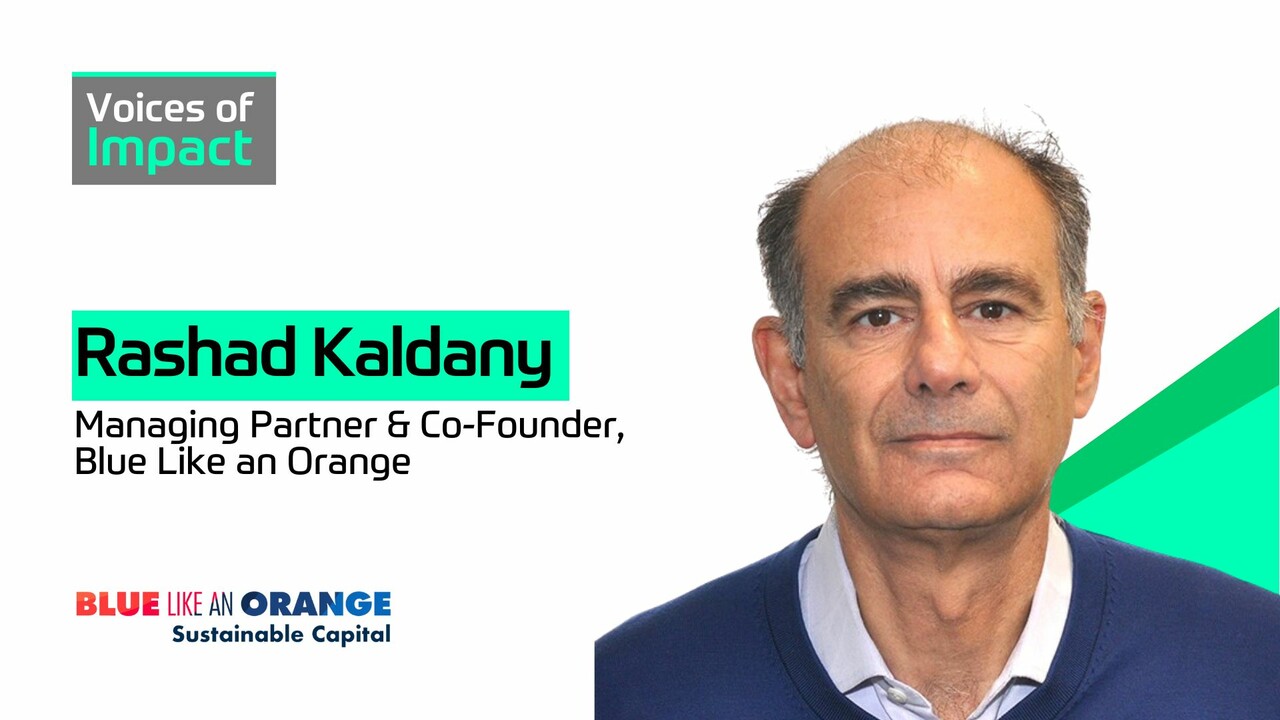


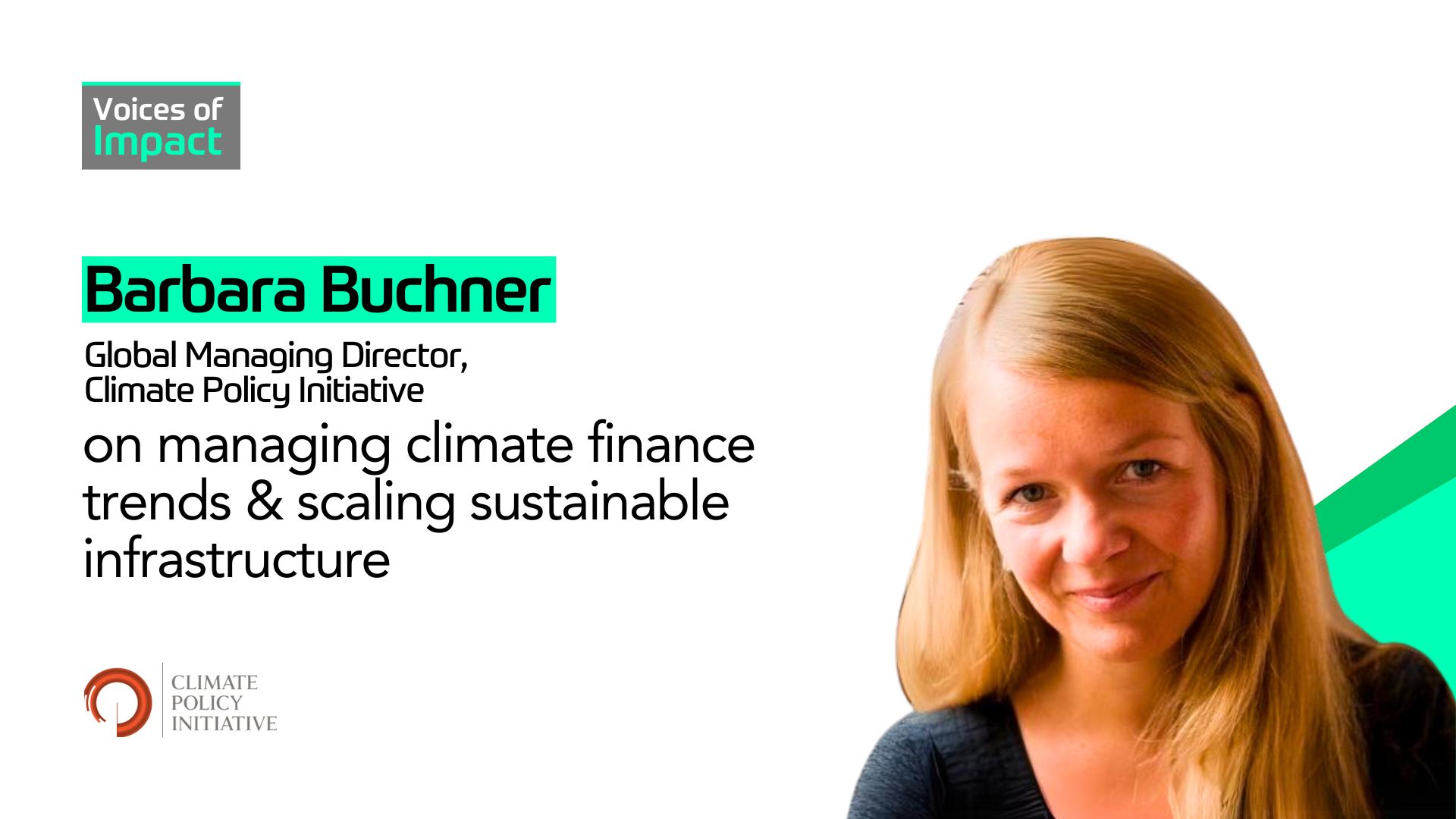
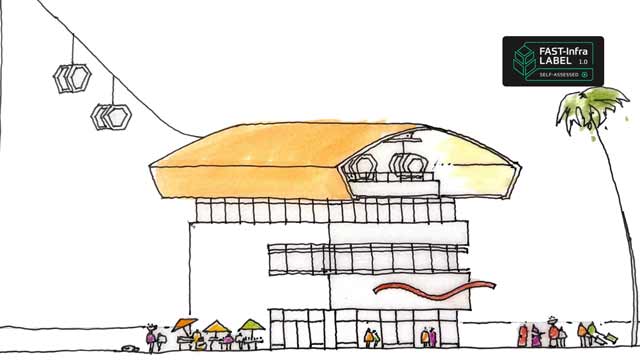






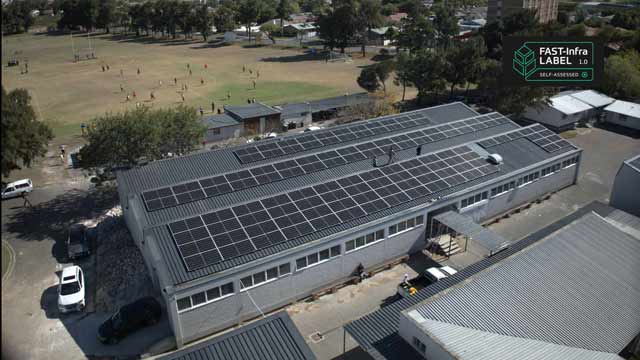

.jpg)

.jpg)


.jpg)
.jpg)
.jpg)
.jpg)
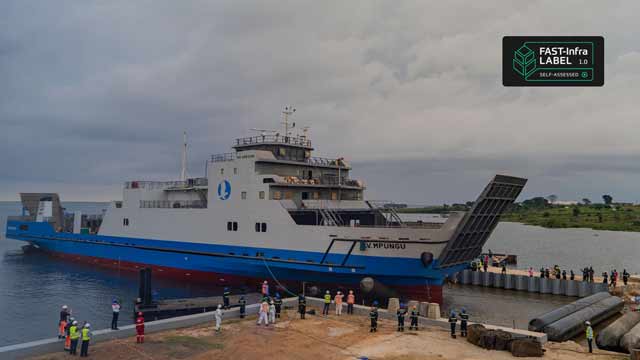
.jpg)




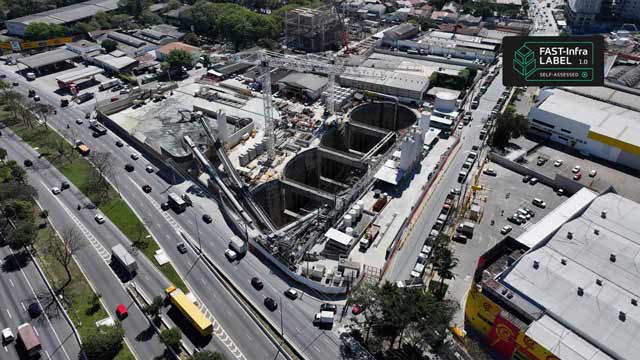




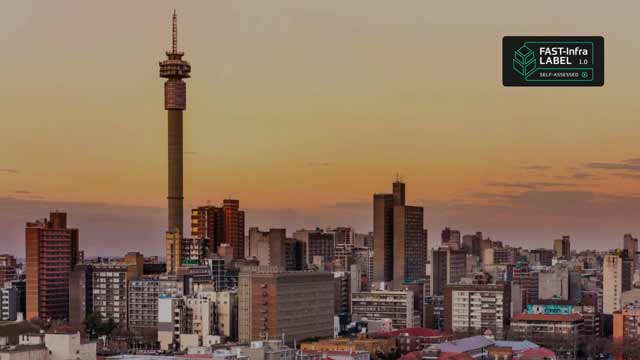








.webp)
.webp)


